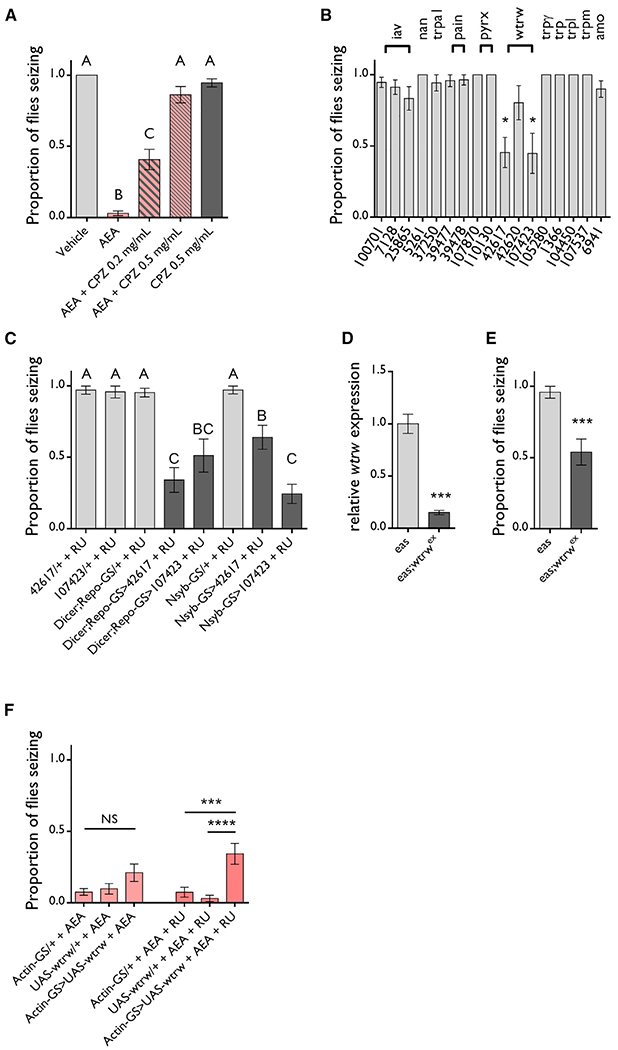Figure 3. The TRP Channel Water Witch Mediates the Anticonvulsant Effect of AEA.

(A) 0.2 mg/mL CPZ partially blocks and 0.5 mg/mL CPZ completely blocks the protective effect of 20 μg/mL AEA on eas flies. n = 12–20 vials/group. ANOVA with Tukey’s post hoc analysis. Means with different letters are significantly different (*p ≤ 0.05).
(B) RNAi screen of TRP channels reveals that two separate wtrw-targeting RNAis protect against seizures when driven by actin-GS after 4 days of feeding 50 μM RU486. All RNAi knockdowns were performed in an eas mutant background. n = 3–13 vials/genotype. One-sample t test. *p ≤ 0.05.
(C) Both wtrw-targeting RNAis protect eas flies against seizures when expressed in neurons or glia by nsyb-GS or dicer;repo-GS, respectively, after 4 days of feeding 50 μM RU486. n = 4–12. ANOVA with Tukey’s post hoc analysis. Means with different letters are significantly different (p ≤ 0.05).
(D) Eas;;wtrwex flies have 3-fold reduced levels of the wtrw transcript relative to eas controls. n = 3 samples/genotype, 4 technical replicates/sample. Unpaired t test. ***p ≤ 0.001.
(E) eas;;wtrwex flies are partially protected against seizures. n = 8 vials/genotype. Unpaired t test. ***p ≤ 0.001.
(F) Overexpression of wtrw driven by actin-GS and 50 μM RU486 feeding makes eas flies less sensitive to the protective effect of 20 μg/mL AEA. n = 20 vials/group. ANOVA with Tukey’s post hoc analysis. ***p ≤ 0.001, ****p ≤ 0.0001.
All data are presented as mean ± SEM. See also Figure S2.
